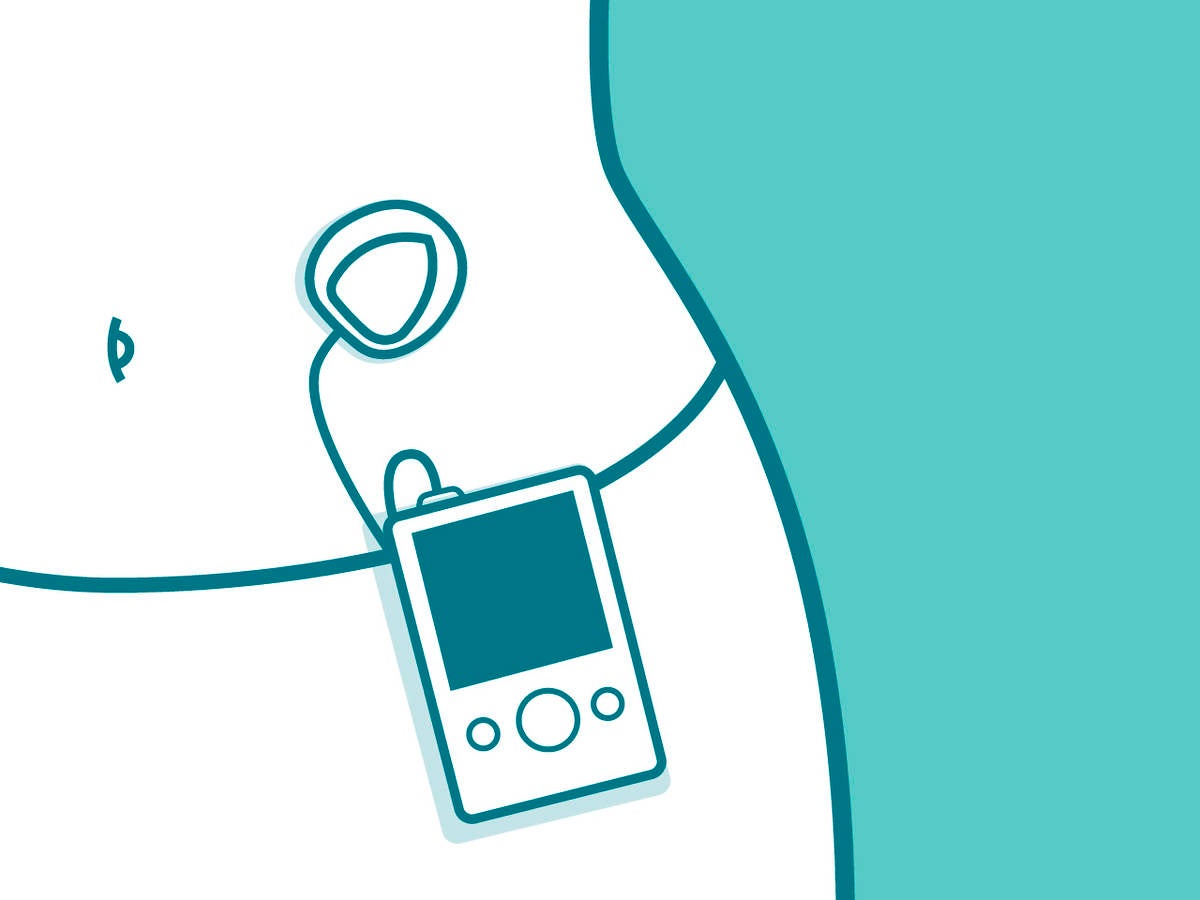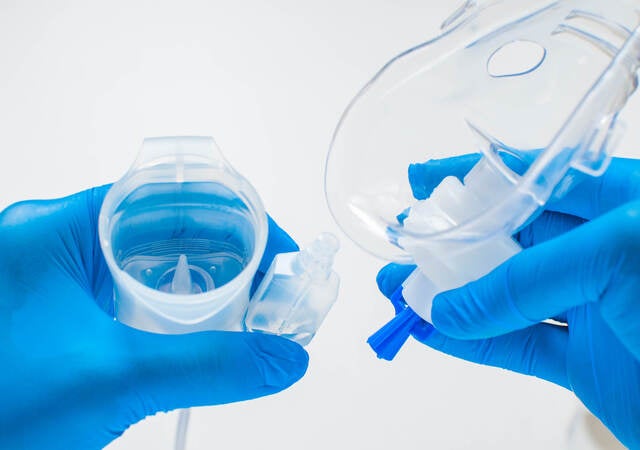March 7, 2024
By Amelia Boldrick and Elizabeth Pugh
The goal of using IMDRF terminology is to harmonize coding across markets to improve signal detection enabling a faster response by both industry and regulators. Here we give an update on the current state of global adverse event coding.
The latest version of the International Medical Device Regulators Forum guidance IMDRF/AE WG/N43 Terminologies for Categorized Adverse Event Reporting (AER): terms, terminology and codes was published in 2020, but originated in 2006 as a Global Harmonization Task Force guidance document. In addition to the guidance document, seven regularly updated annexes correspond to key variables involved in the reporting and investigation of adverse events.
Except for Annex B, each annex includes multiple levels of codes. Generally, the most precise terms and descriptions corresponding to the adverse event should be chosen. The level one terms are typically broad, and many have more specific terms/codes under them at level 2 and even level 3. Some markets, such as Malaysia, use the level 1 terms but not the codes.
IMDRF coding annexes
The IMDRF published the 2024 release of the annexes on March 7, 2024. All annexes except for Annex B changed with Annex E receiving the most edits (46 new terms and 12 modified terms). The Release Notes for 2024 changes can be found on the IMDRF website along with the updated files. The links to each of the annexes below are to the IMDRF website and are current as of today’s date.
Annex A Medical Device Problem Terms and Codes
Describes the problems (malfunction, deterioration of function, failure) of medical devices that have occurred.
Annex B Cause Investigation – Type of Investigation Terms and Codes
Describes the type of investigation of the device involved in the event.
Annex C Cause Investigation – Investigation Findings Terms and Codes
Describes the findings of the device involved in the reported event.
Annex D Cause Investigation – Investigation Conclusion Terms and Codes
Describes the conclusion of the device involved in the reported event.
Annex E Health Effects – Clinical Signs, Symptoms and Conditions Terms and Codes
Describes the patient clinical signs, symptoms and conditions observed related to the medical device adverse event.
Annex F Health Effects – Health Impact Terms and Codes
Describes the consequences of the medical device adverse event/incident on the person affected.
Annex G Component Terms and Codes
Describes the parts and components which were involved in, or affected by, the medical device adverse event/incident.
Other coding systems
While many markets use IMDRF coding, there are others, like the U.S. that have different codes with the same terminology. The FDA Coding Resources for Medical Device Reports include the term, definition, FDA code, National Cancer Institute thesaurus (NClt) code, and IMDRF code. This can be very helpful to manufacturers marketing devices in both the U.S. and EU (or other markets where IMDRF coding is required).
Another coding system, the Medical Dictionary for Regulatory Activities (MedDRA) was developed under the auspices of the International Council for Harmonisation of Technical Requirements for Pharmaceuticals for Human Use (ICH). MedDRA is primarily used by regulatory authorities and the regulated biopharmaceutical industry. IMDRF Annex E terms were largely based on a subset of MedDRA terms. It is important to note that the IMDRF Annex E file contains a mapping to the MedDRA code. Also, the FDA’s Annex E file contains a mapping to MedDRA on a separate tab.
Trending of similar incidents
The current European Commission Manufacturer’s Incident Report (MIR) form used in the European Economic Area, Switzerland, and the United Kingdom is designed for the manufacturer to use either Annex A or C to provide similar event data for trending purposes. Annex A or Annex C terms are therefore the most widely used terms for performing trending of similar incidents. Annex A generally aligns with the device problem as described in the complaint, while Annex C aligns with the investigation findings. However, the MIR form does allow for the manufacturer to base trending on a different Annex in section 4.3.1 by choosing ‘Other’ and then specifying which annex was used and why.
In some cases, neither A nor C may be effective when trying to perform trending. For example, A24 (adverse event without an identified device or use problem), A25 (no apparent adverse event), A26 (insufficient information), and A27 (appropriate term/code not available) are general and could incorporate many different issues that would not allow for meaningful trending. Similarly, C19 (no device problem found), C20 (no findings available), C21 (results pending completion of an investigation), and C22 (appropriate term/code not available) would be difficult to perform meaningful trending on.
In some cases, Annex E or F would be a better fit. Although the online report form for Australia does not include fields for the sponsor to provide IMDRF codes, the Therapeutic Goods Administration (TGA) requires manufacturers to provide similar event data for trending based on the clinical description of the event, which corresponds to Annex E. Upon completion of their review, TGA will assign an Annex E code to the report.
Periodic Safety Update Report (PSUR)
Interestingly, MDCG 2022-21 Guidance on Periodic Safety Update Report (PSUR) according to Regulation (EU) 2017/745 (MDR) suggests serious incident data be presented from three different perspectives within the PSUR – aligned with the IMDRF: the device problem (Annex A), the root cause (Annex C) and health effects (Annex F) with the data split by investigation conclusion (Annex D).
Concluding remarks
Manufacturers need to include these IMDRF adverse event codes within the complaint management system so that a report on similar events involving a specific device can be pulled quickly when needed. It would be very inefficient for a manufacturer to pull a report for a model number or device family and review all descriptions of events and investigations to determine which are similar. If a report already included the appropriate IMDRF coding, the data could be sorted easily to identify similar events.
Request more information from our specialists
Thanks for your interest in our products and services. Let's collect some information so we can connect you with the right person.






